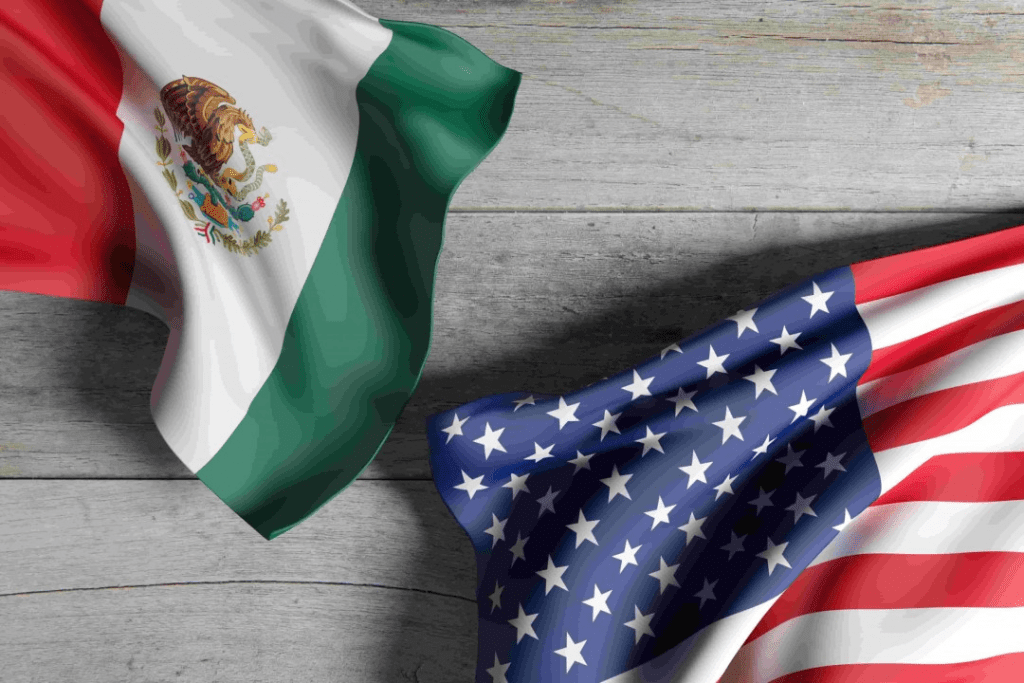Nearshoring is growing in Mexico, and an increasing number of companies from the United States and other countries are using this strategy: it’s the outsourcing through which they transfer part of their production to third parties that, despite being located in other countries, are situated in nearby destinations with a similar time zone.
John Soldevilla, the CEO of Economy, Business & Indicators (ECOBI), says to Forbes that nearshoring in Mexico represents an economic opportunity for the country comparable to what was seen after the implementation of the North American Free Trade Agreement (NAFTA) in 1994 and if well utilized, it can generate the greatest economic growth since the “Mexican miracle” (1941-1982).

Mexico has excellent competitive advantages, which in turn represent a solution for US industries. First, it offers fiscal and economic incentives for foreign investors and much more competitive wages.
Additionally, it is the closest neighbor to a huge market, with robust production and logistics chains developed by the North American Free Trade Agreement and shorter processes and shipments than from other countries; besides having similar time zones.
As an added benefit, Mexico has skilled labor, has signed trade agreements with the world, is the largest exporter of manufactures in Latin America, and the main commercial supplier to the United States, surpassing China.
In 2023, Mexico received $36.058 billion in foreign direct investment, and experts believe the ‘boom’ could begin to materialize in the next two years.
Some of the most emblematic cases are those of Tesla in Nuevo León, which could invest between $5 and $10 billion, and Mexico Pacific Limited in Sonora, which announced an investment of $14 billion.

Success Stories
All US manufacturers, both large and small, can start nearshoring in Mexico with good legal and commercial advice.
In fact, Scotiabank believes that at least 3,000 companies worldwide are targeting Mexico as an excellent platform to invest in manufacturing capacity; therefore, the Canadian bank wants to take advantage of this phenomenon to grow rapidly in the country and become the leading financial provider in the North American corridor.
Some of the companies operating in Mexico include:
• Whirlpool, the US appliance company, is a great example of an international company that nearshored its manufacturing operations to Mexico. Currently, around 80% of its machines are manufactured and exported from Mexico to the US and Canada.
• Honeywell, the industrial giant that produces aerospace components, has also nearshored part of its operations to Mexico. With the help of over 10,000 workers, particularly its aerospace factory in Mexicali (part of the aerospace group of Baja California), it consistently produces high-quality goods.
• General Motors has been in Mexico since the 1960s and currently operates in four different plants: San Luis Potosí, Ramos Arizpe, Coahuila, Silao, Guanajuato, and an engine factory in Toluca, State of Mexico. By the number of units manufactured in 2018, GM was the largest automaker in Mexico, producing over 800,000 cars. Due to the volume, suppliers are attracted to these facilities, helping GM reduce inventory and increase flexibility.
• Solarever Group, The Chinese company revealed plans to install a plant for electric vehicle batteries in the municipality of Zacoalco de Torres, Jalisco, with an investment of US$1.000 billion over the next four years.
• BMW is investing US$875 million in its San Luis Potosí plant to produce its Neue Klasse line of electric vehicles from 2027. The investment includes 500 million euros to build a battery factory, which will use lithium from Argentina and Australia and could one day be supplied with the metal produced in Mexico.
